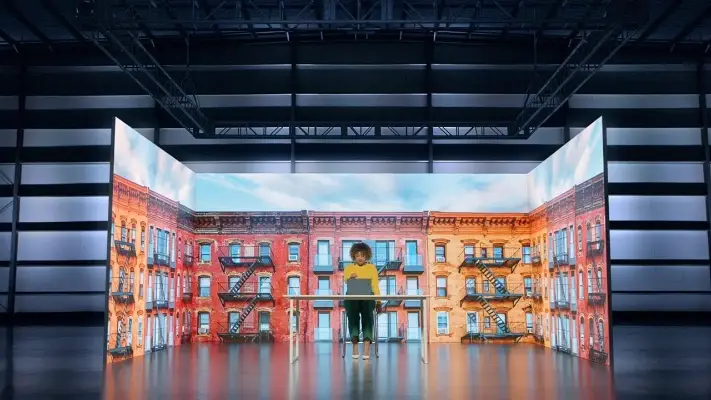Perfecting Hue Accuracy in LED Display Calibration for Breathtaking Visual Displays
Perfecting Hue Accuracy in LED Display Calibration for Breathtaking Visual Displays
Blog Article
Color accuracy is crucial for producing breathtaking graphic displays, particularly when using LED walls. These massive displays are frequently found in places like concert venues, sports arenas, and promotional billboards. When the colors on an LED wall are not correct, the visuals can look flat or distorted, which can affect the overall experience for audiences. Therefore, perfecting color precision in LED wall tuning is vital for attaining vibrant and realistic visuals.
The initial step in ensuring color accuracy is understanding how LED technology works. LEDs, or light-producing diodes, generate light in various shades by mixing red, green, and blue (RGB) light. Each pixel on an LED wall consists of these three hues. When tuned correctly, the combination of RGB can create a wide range of colors. However, if one color is too bright or too faint, it can distort the whole display. This is why tuning is necessary to balance the hues and reach the intended visual result.
Tuning involves modifying the configurations of the LED screen to make sure that the hues displayed correspond the original content as closely as feasible. This procedure typically involves using specific software and hardware tools. Technicians frequently use color measurement devices, such as spectrophotometers, to analyze the colors being shown. By comparing the measured hues to standard color standards, they can make precise modifications. This guarantees that the colors are not only lively but also consistent across the whole display.
Another important factor of color precision is comprehending the surroundings in which the LED wall is employed. Factors such as ambient light can considerably impact how colors appear. For example, a well-lit illuminated room may fade colors, making them look not as vibrant. To counteract this, technicians may modify the luminosity and contrast configurations of the LED wall. Additionally, they may select specific color settings that are better suited for different lighting environments. This adaptability helps preserve color accuracy regardless of the observing environment.
Ultimately, routine maintenance and recalibration are crucial for maintaining an LED screen looking its best. Over web time, the performance of LEDs can change due to elements like degradation and heat fluctuations. Regular inspections and adjustments can help ensure that the hues stay accurate and vibrant. By committing time in proper calibration and upkeep, venues can offer audiences with breathtaking graphic displays that enhance their total experience. Mastering color precision in LED screen calibration is not just a technical task; it is an art that adds to the magic of graphic narration.